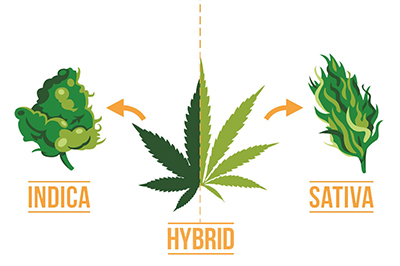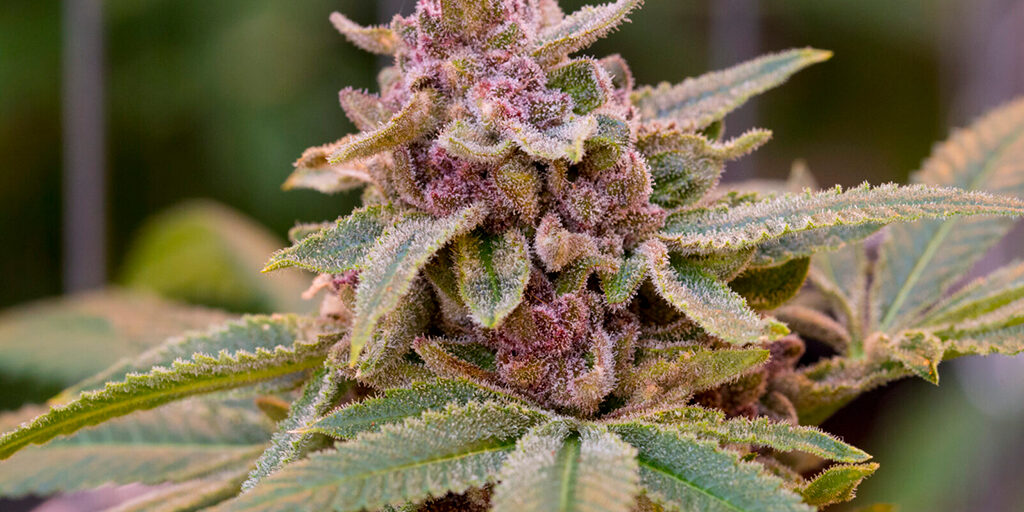How are New Weed Strains Created?
We wouldn’t disagree if you said cannabis is one of the most bred plants ever. Think about it, there never seems to be an end to the number of new cannabis strains introduced to the market every year. That’s all thanks to Cannabis growers who continuously breed new strains to satisfy the ever-changing desires of weed users.
They never run out of ideas when it comes to combining the flavors, effects, and aromas of two or more available strains to produce something uniquely amazing. How do they make it happen? Let’s find out.
Weed Cultivation 101
The first step to figuring out how growers create new weed strains is understanding plant sex. Cannabis crops are dioecious, meaning that they’re either male or female. While the female weed plants grow seeds and produce buds, their male counterparts grow pollen sacs which open up to release pollen into the atmosphere upon attaining maturity. This can lead to pollination when pollen falls on any close female plant as it spreads in the air.
This pollinated female produces seeds with buds that contain its genetic material as well as that of the pollinating male as it matures. These seeds become a new strain with male and female characteristics as they grow into new plants. This is the natural breeding process that cannabis plants undergo out in the wild.
Creating Hybrid Weed Strains
 While breeding may happen naturally in the wild, growing cannabis plants at home or in commercial settings require intentionality and human intervention. Usually, weed growers start by selecting male and female strains to merge based on their best, desirable traits. These characteristics could be potency, aroma, yield, taste, ease of growing, effects, etc.
While breeding may happen naturally in the wild, growing cannabis plants at home or in commercial settings require intentionality and human intervention. Usually, weed growers start by selecting male and female strains to merge based on their best, desirable traits. These characteristics could be potency, aroma, yield, taste, ease of growing, effects, etc.
Weed breeders typically grow new strains in a breeding chamber. This is a closed room where a male plant is kept together with multiple female plants. With this process, the breeder can control the spread of pollen and ensure that pollination has a high success rate. Note this process can also occur outdoors as long as the plants are kept close to each other and the strains releasing pollen aren’t many.
When a pollinated female plant attains maturity, the breeder will collect its seeds and grow them into new plants called a “cross” or “hybrids.” The hybrids carry the genes of their parent plants.
What’s a Phenotype?
Phenotypes are to plants what children are to parents. They’re the new seeds that are sometimes produced in their dozens by pollinated female plants.
Generally, environment and genetics are the two primary factors that influence how a cannabis plant is formed structurally. While the plant’s genotype (genetic makeup) serves as its “growth blueprint,” and determines its physical possibilities, genes can change their expression as they react to environmental stimuli. This also affects how the plant physically expresses its genetic code (phenotype). In other words, a cannabis’s resin production, shape, color, smell, and other observable traits are significantly influenced by its environment.
This explains why two phenotypes from the same parent plants may have distinguishable characteristics, as some will largely take after one parent or inherit mixed traits from both of them. For instance, crossbreeding Super Silver Haze and Lemon Skunk will give you Super Lemon Haze seeds that’ll look different when they transform into fully-grown plants. While some will look tall, lanky, or skinny, like Lemon Skunk, others will have more trichomes and be short, like Super Silver Haze. Meanwhile, there’ll be others with mixed strains from the two parent strains it’ll be challenging to tell which of them they resemble more.
In summary, phenotypes, just like siblings,, may not always look the same as they exhibit unique combinations of their parents’ traits. As such, their plant sizes, structure, color, smell, effects, etc., will differ from phenotype to phenotype.
How About Pheno-Hunting?
When breeders create new weed strains, they do so knowing that dozens or hundreds of phenotypes will be produced. When this happens, they’ll have to select the best versions of the new strains to place on the dispensary shelves for consumers to purchase. This selection process is called pheno-hunting.
Pheno-hunting is important as some phenotypes may take the best traits of a parent and the worst of another. For example, while some phenotypes smell nice, they may not look appealing. Meanwhile, others may look amazing but have low yields. Pheno-hunting ensures that they select the best strains across various metrics. Usually, to pick the best versions of a strain, breeders will begin by picking a number of the best phenotypes and re-growing them until they arrive at the final one.
Note that breeders will typically sell a “spin-off” variety of a strain when it becomes popular. This is in order to cash in on its fame and market a distinct strain version. That’s why it’s possible to find two varieties of a strain distinguished by their numbers. For example, a Gelato spin-off may be called Gelato #33 to make it clear that it’s a different phenotype.

